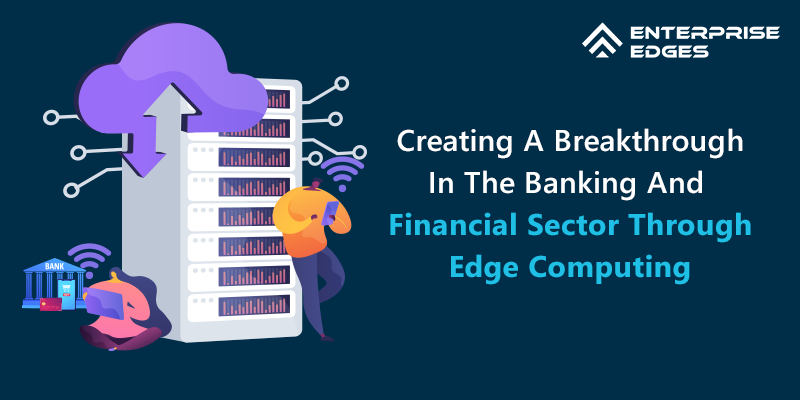As the world gradually moved from the Stone Age to the Digital Age, the living standard and choices of people underwent a massive shift. From nomad hunters to tech-savvy entrepreneurs, humans have come a long way and this transformation would not have been possible without technological advancement.
As technology continues to evolve, industries are trying their best to keep up with the technological advancements and cater to their customers in the best possible way. One such revolution in the banking and financial sector is through implementing Edge Computing.
Definition of Edge Computing
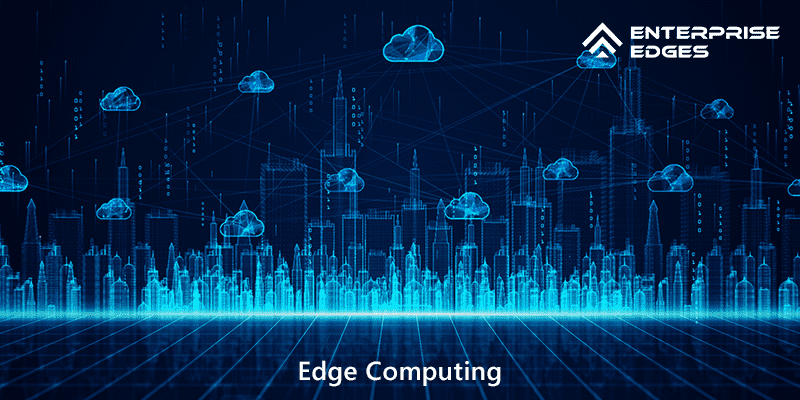
Edge Computing is a numerical computation framework that processes data closer to its source thereby enhancing response time and saving bandwidth. Edge Computing can be combined with other technologies such as 5G, cloud and Artificial Intelligence (AI) to enhance the quality of service provided by the organization.
In today’s digital age, banks and financial institutions are tasked with managing loads of data while making sure that the service provided by them beats the best in the market. It is quite evident that technologies like Artificial Intelligence (AI), Machine Learning (ML) have drastically changed the way banks and Fintech companies operated until a decade ago.
What is currently needed is a system that not only encapsulates all the features of the existing technologies but also makes it better by reducing the time taken to perform a particular task without compromising on the quality of work and this is exactly what is achieved by Edge Computing.
Benefits Of Edge Computing In The Banking & Financial Sector
Let us now look at some major ways in which Edge Computing can benefit banks and financial institutions:
1. Data Security
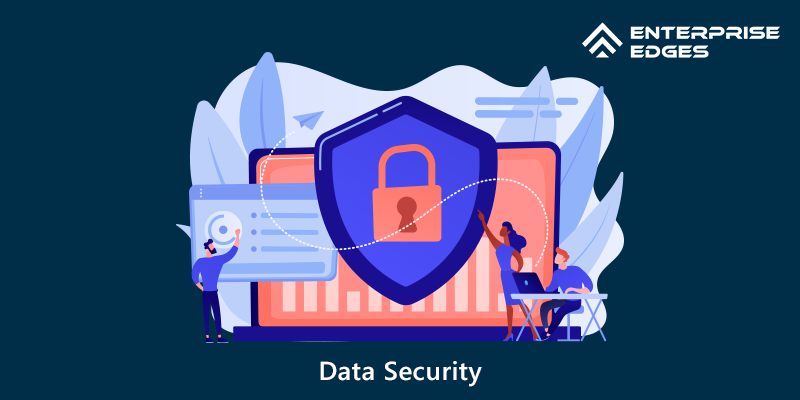
Edge Computing plays a significant role in keeping the data of the customers secure. Through Edge Computing, personal details of the customer can be stored closer to its source, thereby facilitating immediate action in case the data is accessed by a fraudster. Edge Computing also helps to secure ATMs from fraudsters attempting to tamper with them. In case of any tampering, data on the screen appears unresponsive and, on further attempts, the machine shuts down. This helps a great deal in reducing the time of response and protects the customer from financial loss.
2. Improved Customer Engagement
Edge Computing offers banks and financial institutions the opportunity to provide a highly personalized customer experience. Through Edge Computing, it is now possible to implement facial recognition systems which scan the face of the customer and send the relevant details to the branch. Depending on the profile, customers can then get relevant loan offers instantly and experience a hassle-free and personalized banking experience.
3. Uninterrupted Business Flow
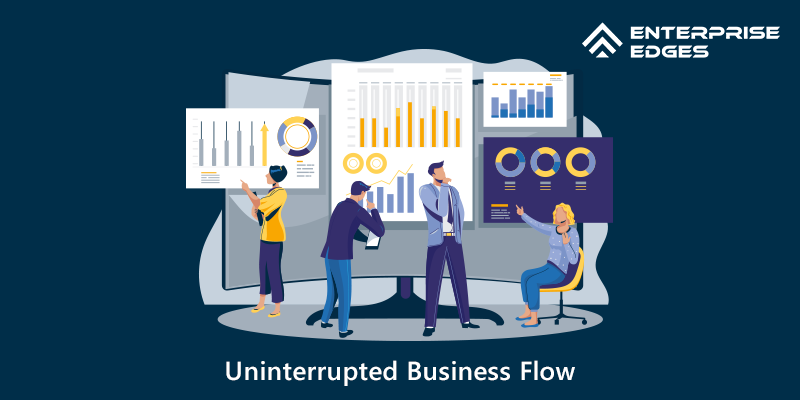
Edge Computing helps to improve security and ensure business continuity. Edge Computing also makes data management simpler, which ensures that the scaling operations become more feasible. Along with data management, Edge Computing helps financial institutions to remain operational in case they face disconnection issues. Through Edge Computing, organizations have access to virtual data which can be utilized to continue their business uninterrupted with minimal downtime.
4. Improved Decision Making
Implementation of Edge Computing helps banks and financial institutions to process data faster since data is stored close to the source and movement of data from the center is no longer required. The time thus saved can be utilized to make important decisions in case an emergency comes up. Edge Computing makes use of various technological tools to display information in a lucid manner which makes it easier to analyze the various aspects of a situation before making the final decision.
5. Increased Innovation
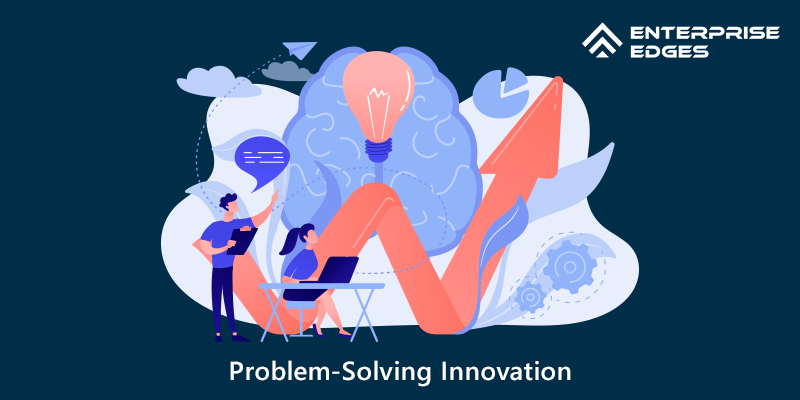
Edge Computing provides the opportunity to try out innovative ways of problem-solving. Edge Computing in combination with other Internet of Things (IoT) applications, enables improved security and enhanced speed with lesser data limits. When banks and financial institutions achieve improved speed and enhanced security, innovation becomes more plausible. All the advantages mentioned above coupled with cost reduction benefits as offered by Edge Computing make it the obvious choice to lead innovation in any sector.
Demerits And Risks Associated With Edge Computing In The Banking & Financial Sector
As with any evolving technology, Edge Computing comes with its share of demerits and risks. The major risk involved with Edge Computing is data protection. As personal data is fed and managed through sophisticated machines, even a minor loophole can expose precious data to hackers, which would lead to fatal consequences. Implementation of Edge Computing also comes with the high initial investment, and there is no concrete data to justify how long it will take for an organization to recover the initial cost and if it is worth the investment.
Conclusion
If used in the right way, Edge Computing holds the power to bring about powerful changes in the banking and finance sector. It is high time that the world moves from the “Era of Generalization” to the “Era of Personalization” and Edge Computing has all the right ingredients to make this transition happen in the days to come.
